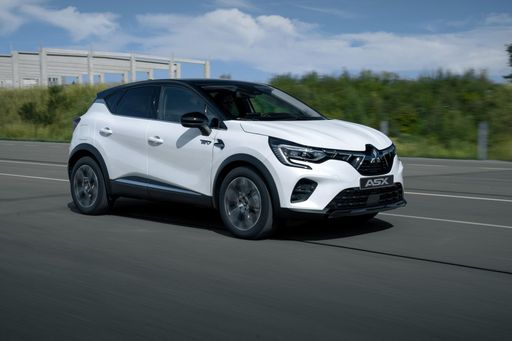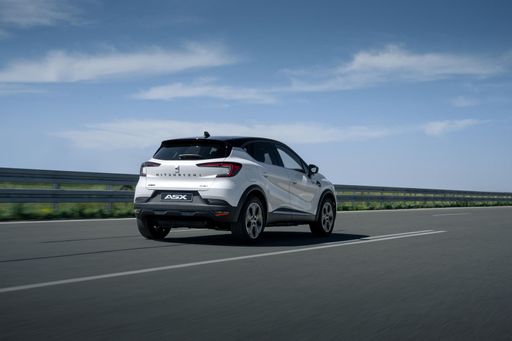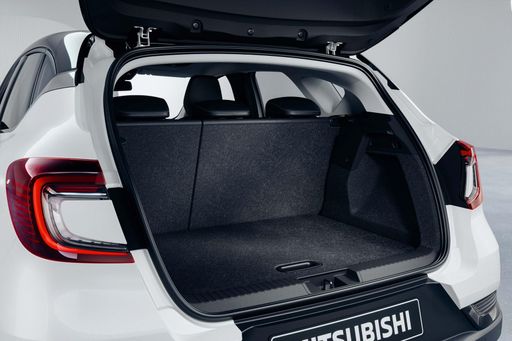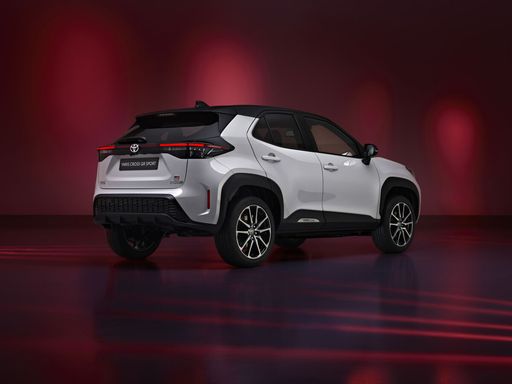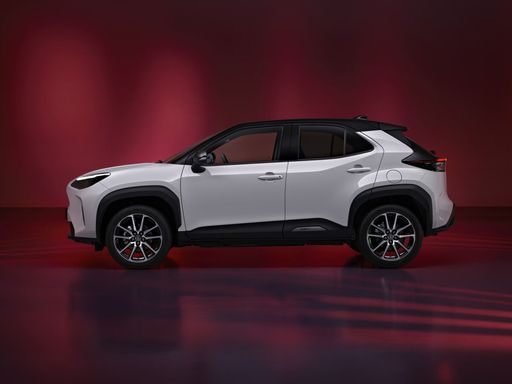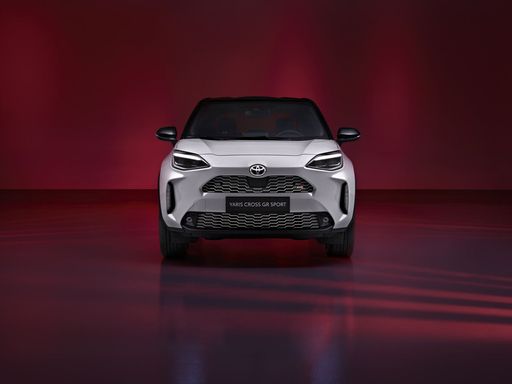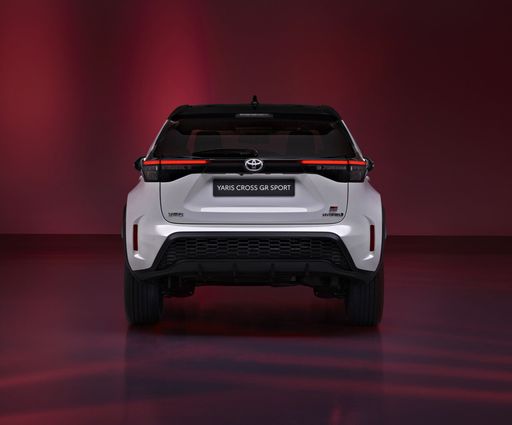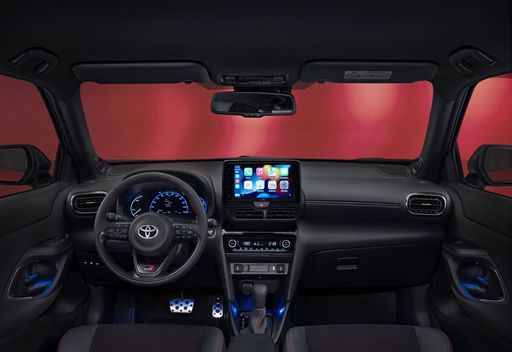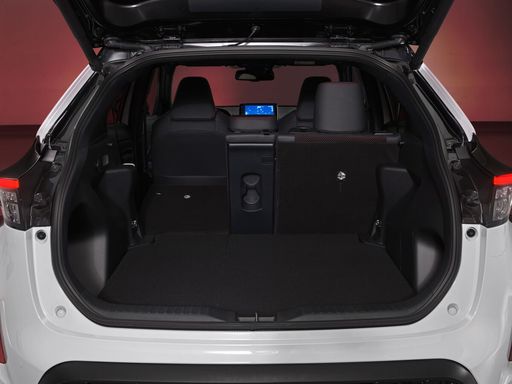Introducing the Contenders: Mitsubishi ASX vs. Toyota Yaris Cross
The automotive market is bustling with new entrants and captivating models, but the competition between the Mitsubishi ASX and the Toyota Yaris Cross stands out. Both SUVs provide a blend of style, efficiency, and modern technology, appealing to the adventurous and eco-conscious driver alike. In this comparison, we will delve into their technical specifications and innovations that set these two models apart.

